
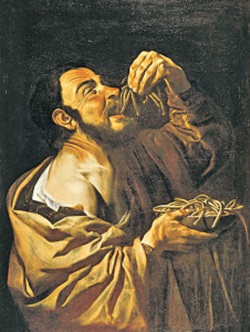
“Il Mangiamaccheroni” by Mathias Stomer
oil on canvas Capodimonte Museum

Luca Giordano’s “Pasta Eater”
oil on canvas c.1660 Princeton University
During my visits to the Capodimonte Museum, the Certosa di San Martino and the Royal Palace of Naples I have always been enchanted by the paintings of Giacomo Nani (Porto Ercole 1698 – Naples 1755). Nani was a superfine painter of naturalist-inspired scenes and still lifes who represented with an impressive attention to detail and depicted in his paintings many foods, meats and fish of all kinds, fruit and sweets, triumphs of all kinds, leaving us a testimony visual of the foods and foods of the kitchen of his time. In one of Nani’s paintings, “Still life with a plate of macaroni”, a beautiful plate of macaroni is depicted. What is striking is that in the picture macaroni have a central position, predominant with respect to other important foods such as meat, poultry, bread, pears, a flask of wine and a cake. Next to the macaroni, so abundant that they seem to overflow from the plate, a grater with a piece of cheese on top. Centuries have passed but the modernity of the composition of this painting is disarming in its relevance because when we photograph our dishes to publish them on social networks we almost feel like “artists”, we look for particular angles with our mobile phone and compose real “photographic sets ”In miniature and then, when we find ourselves in front of a work of art of this beauty, we can only acknowledge the fact that we have not invented anything!
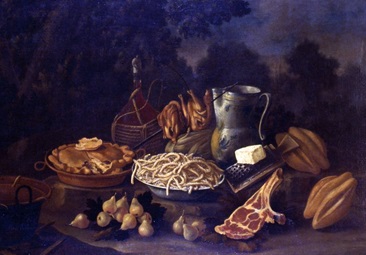
Giacomo Nani (18th century), Still life with a plate of macaroni
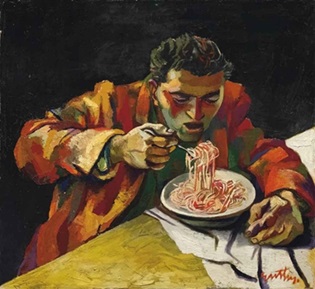 I conclude this quick excursus coming to our days with the work of one of our most important and most representative Sicilian painters: Renato Guttuso who in 1956 painted “The man who eats spaghetti”. In this painting, the painter depicts his father in the act of eating a generous plate of spaghetti. The tablecloth on the table is spread out badly, it was probably pulled away by the left hand to bring the plate closer, there are no other dishes or glasses, the man is still wearing his jacket and his mouth is wide open: everything contributes to suggesting that it is just returned home and that the meeting between the dish and its consumer is happening almost impetuously. What is striking is the black background of the scene that finds an explanation in the fact that the father, returning home from work, used to close the curtains to send away the flies so that he could enjoy his plate of spaghetti with tomato sauce in peace. And how not to share!
I conclude this quick excursus coming to our days with the work of one of our most important and most representative Sicilian painters: Renato Guttuso who in 1956 painted “The man who eats spaghetti”. In this painting, the painter depicts his father in the act of eating a generous plate of spaghetti. The tablecloth on the table is spread out badly, it was probably pulled away by the left hand to bring the plate closer, there are no other dishes or glasses, the man is still wearing his jacket and his mouth is wide open: everything contributes to suggesting that it is just returned home and that the meeting between the dish and its consumer is happening almost impetuously. What is striking is the black background of the scene that finds an explanation in the fact that the father, returning home from work, used to close the curtains to send away the flies so that he could enjoy his plate of spaghetti with tomato sauce in peace. And how not to share!
Cristina Colajanni

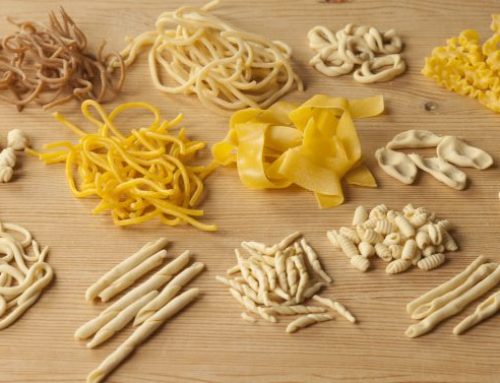
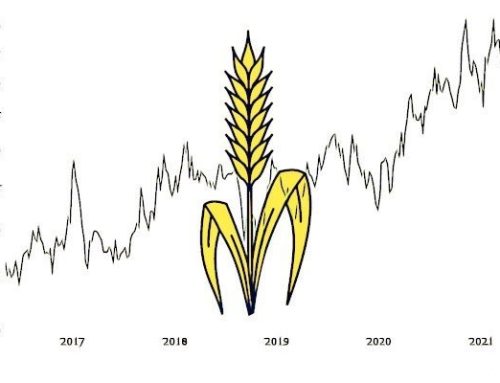
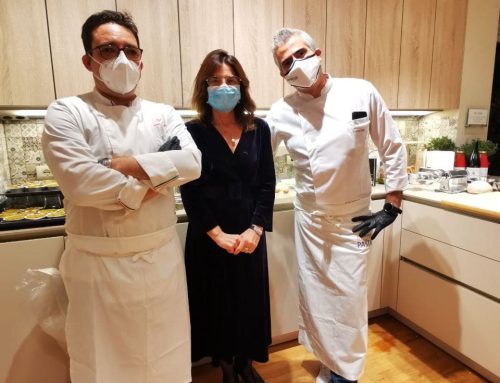

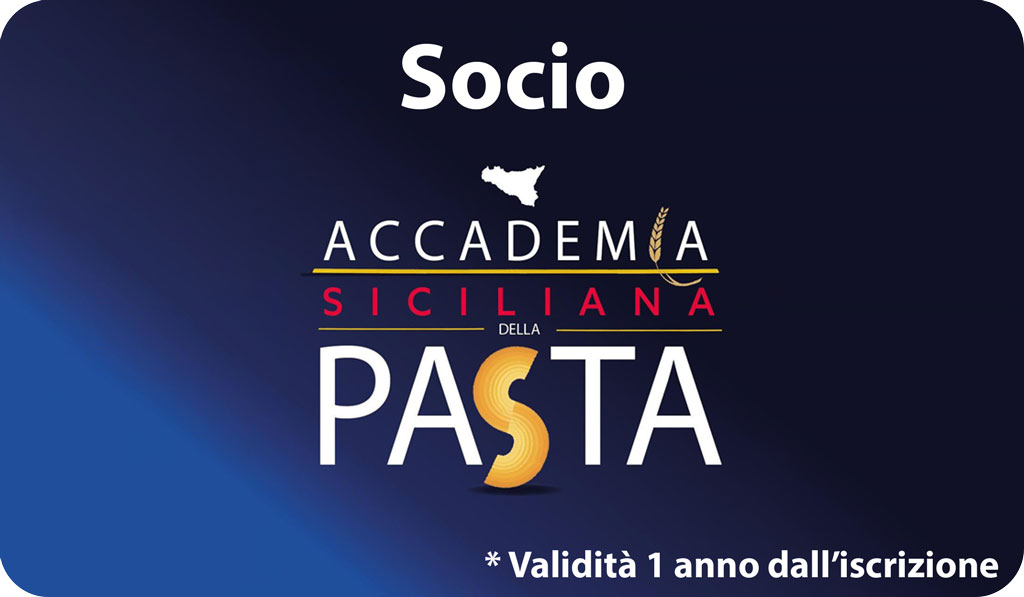
Leave A Comment